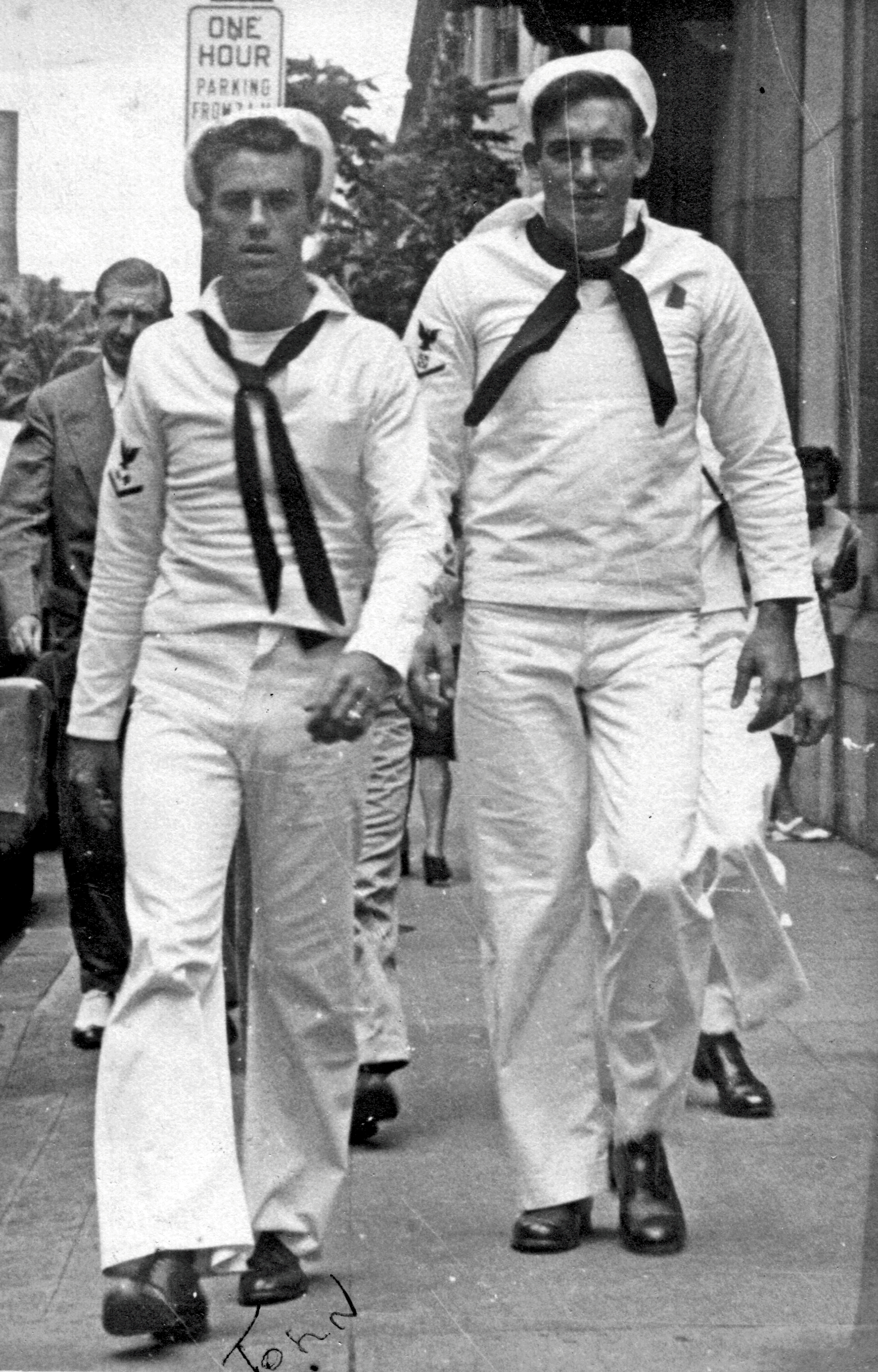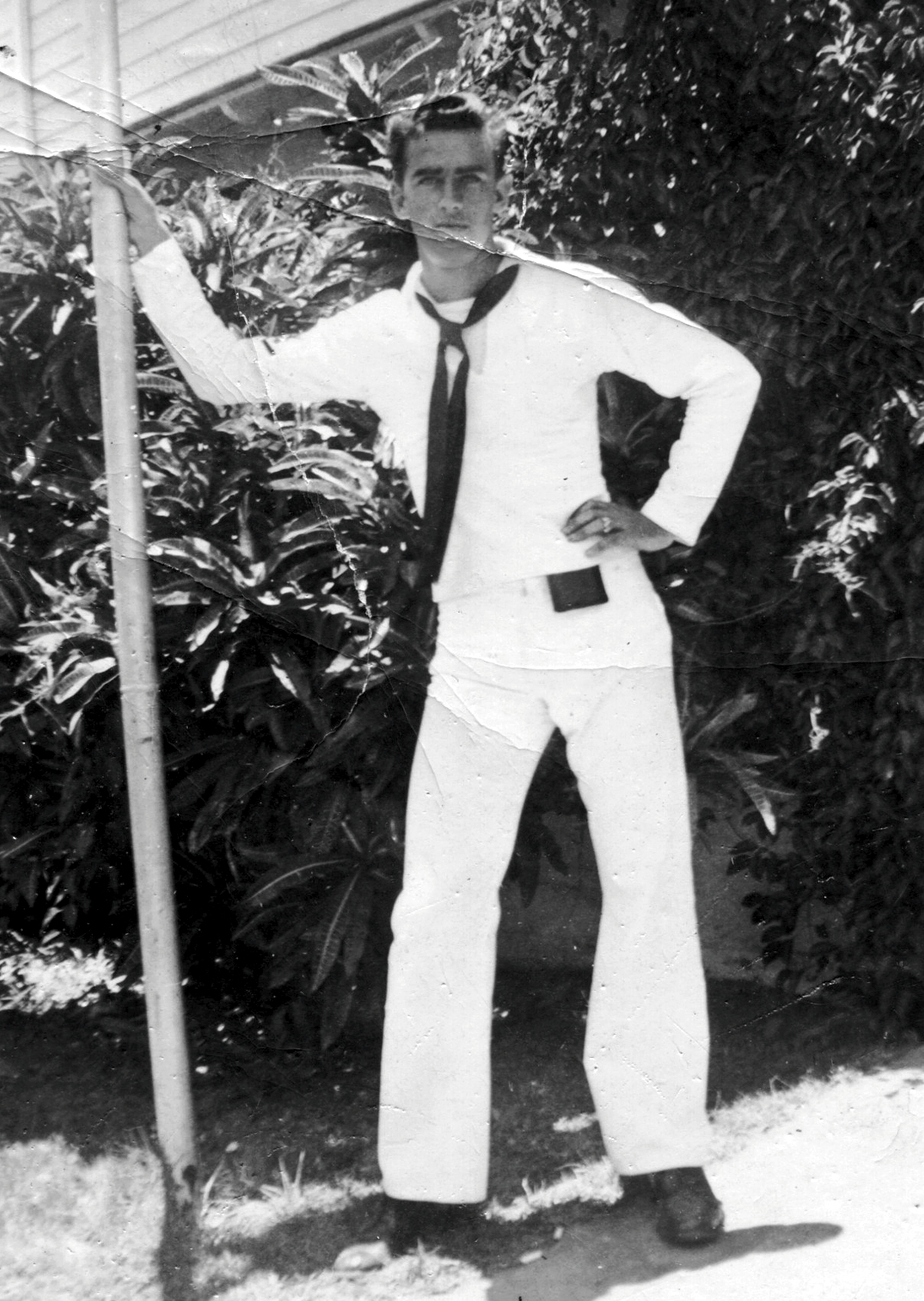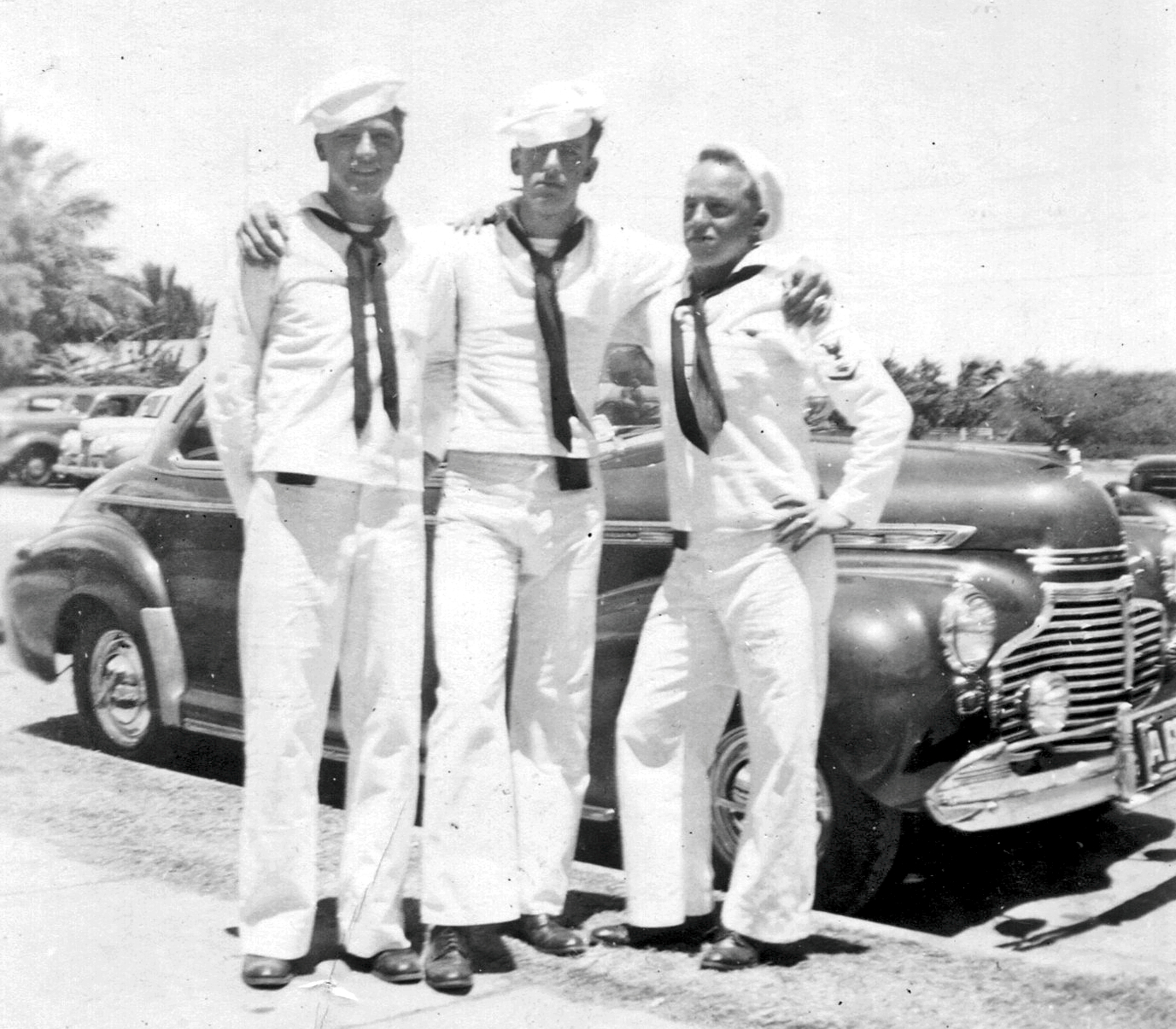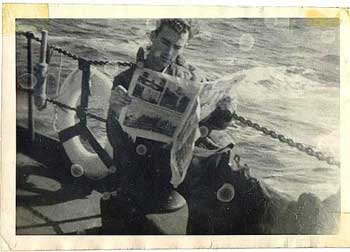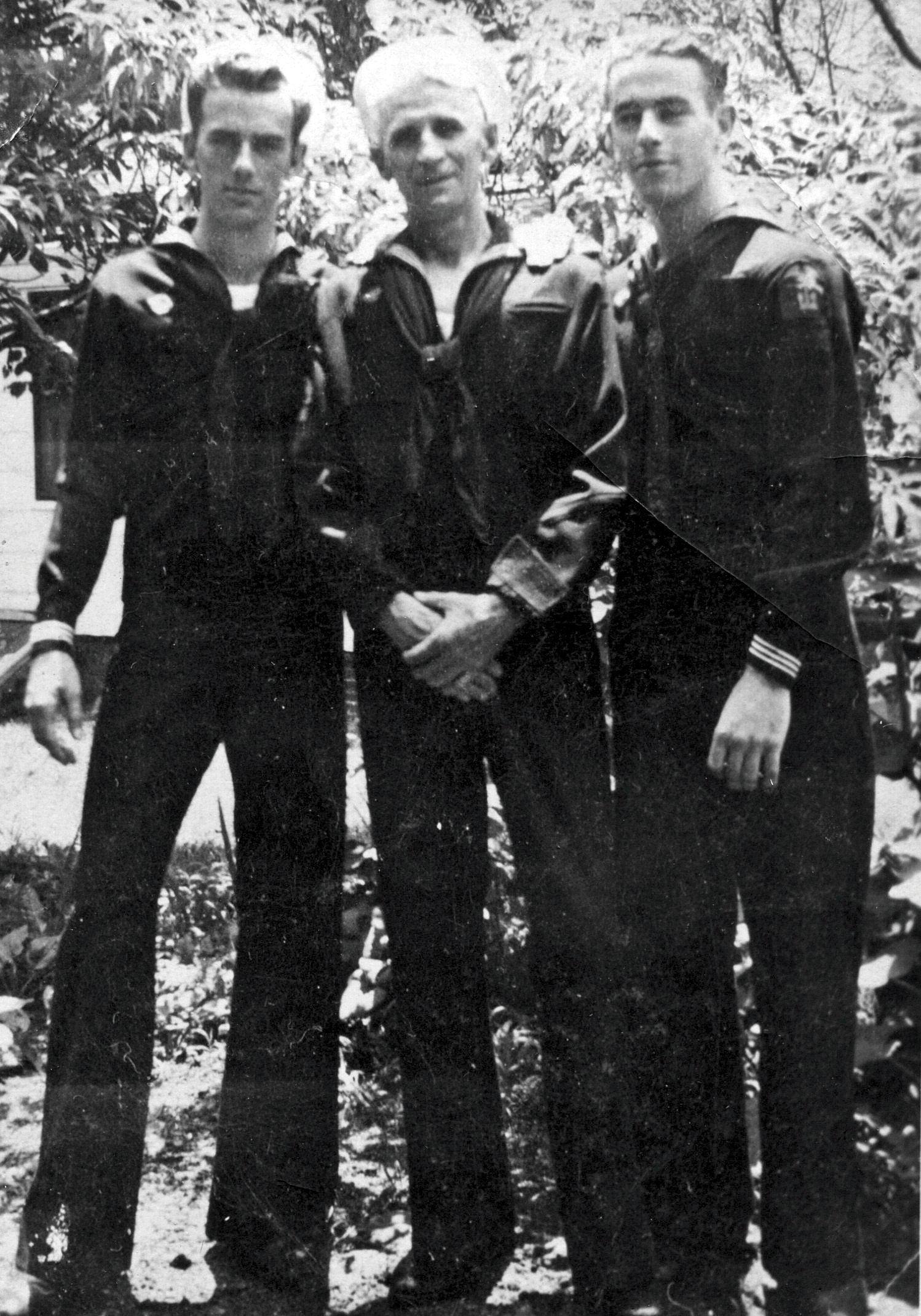Tag Archives: John Mays
“John Mays for Mayor”
In 1971 my pop ran for the office of mayor in the small town where we lived. He was 45 years old at the time. Not sure why he wanted to be mayor. He’d served on the city council for six years and must have found that satisfying or interesting (or something). According to his answers to a series of candidate questions in the local paper, he left radio in 1964 to take a job doing public relations for the local light and water utility. Held that position for three years.
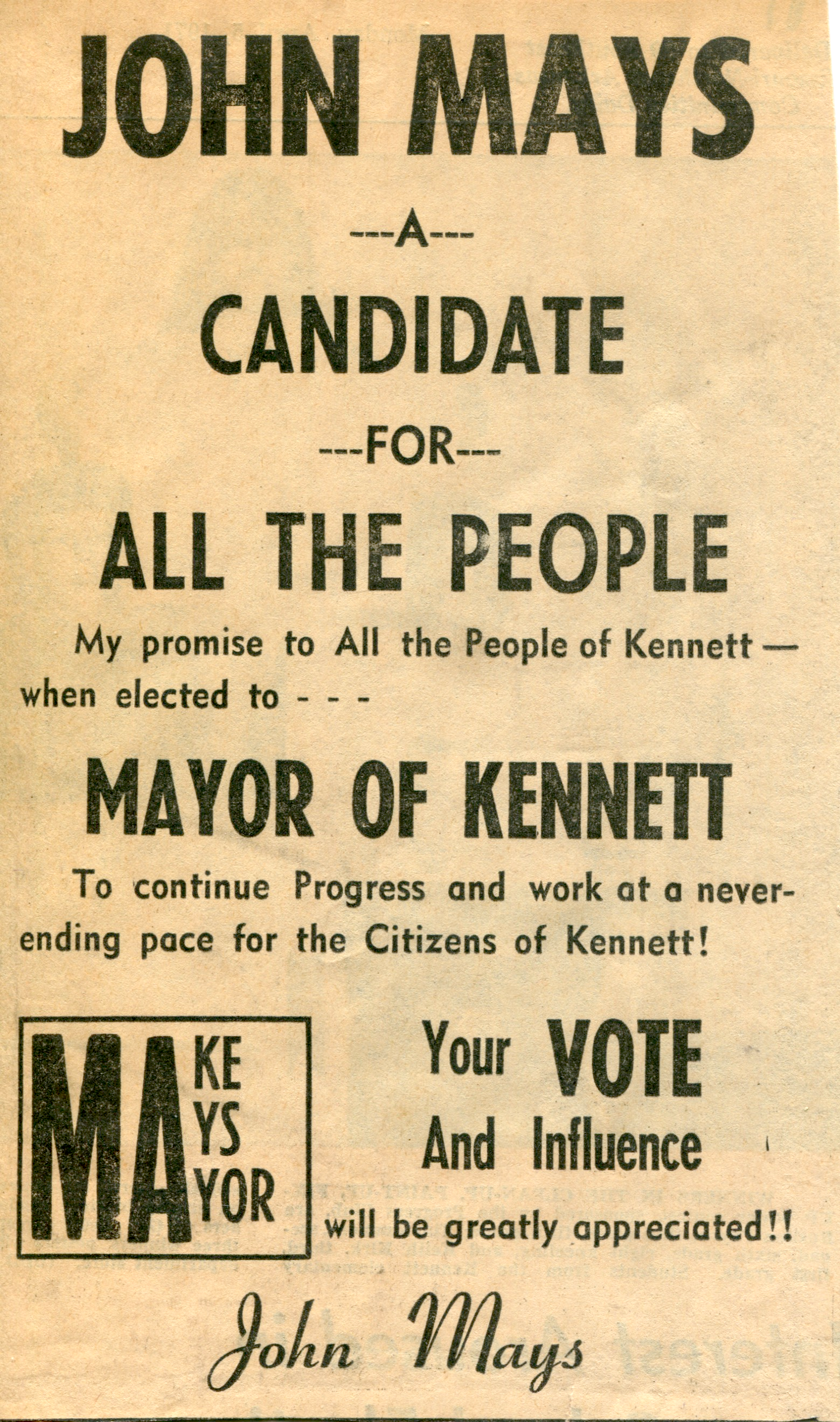
Even with the positive name recognition that comes from being on the radio in a small town, he lost the race by 56 votes. A day or two after the election, he put a concession ad in the local paper.
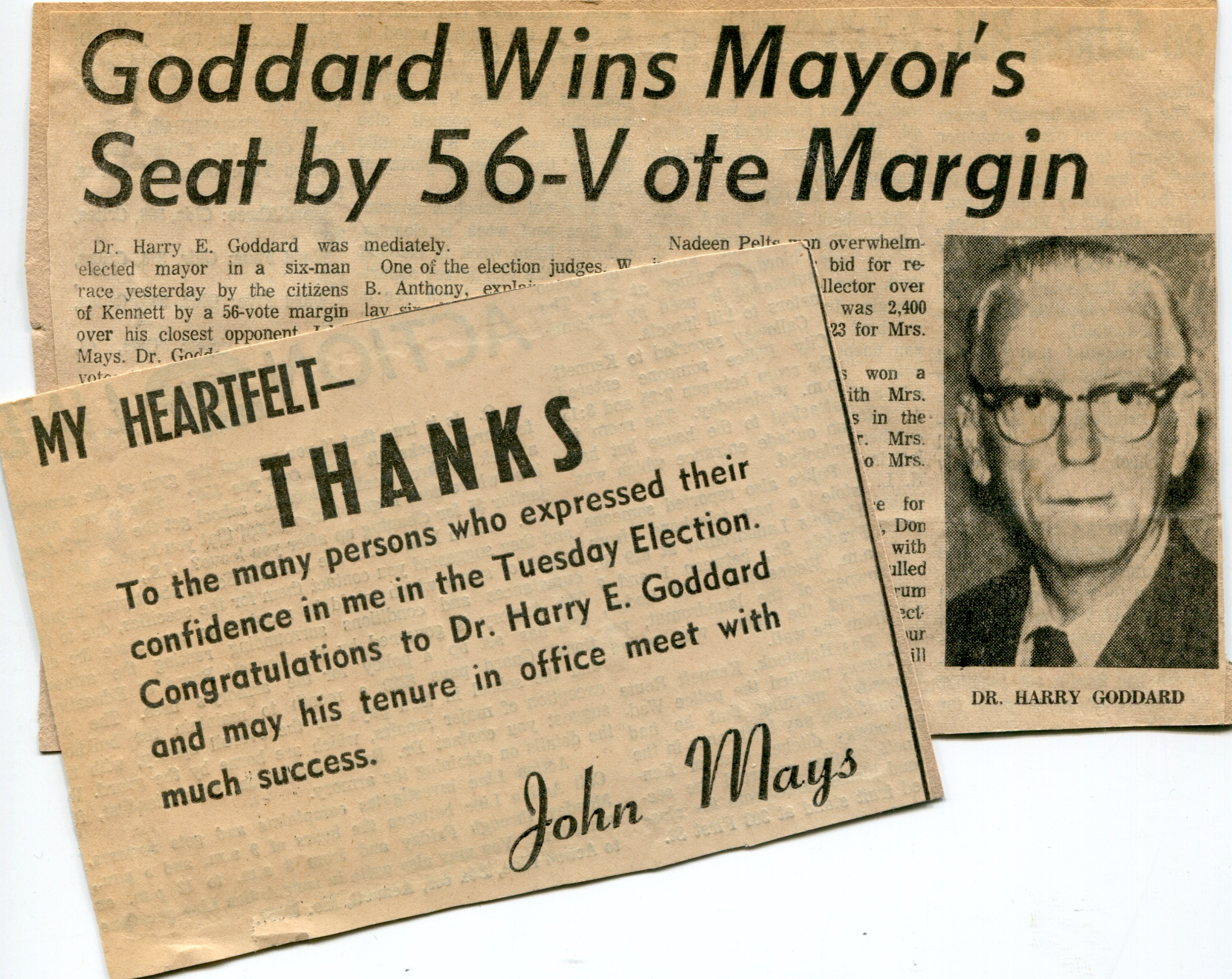
Recent events (on the national level) make my pop’s little ad all the more… gracious? After losing the race, he stayed in radio for another dozen or so years. And then ran for County Assessor (and won)! My mom was in poor health and I think he was looking for a more reliable income than sales commissions from selling radio ads.
John must have had more of an interest in politics than I remembered. Six years on city council; a run for mayor; and a stint as Dunklin County Assessor. I recall him saying he spent “33 years in radio” but now I’m thinking he meant “a span of 33 years.”
Country vs. Pop
In one of the episodes of Ken Burns’ series on the history of country music, they trace the shift from country to pop music. I believe it was in the early 50’s. My father, John Mays, would have been at KBOA for several years by then and he had a better feel (and preference) for pop than country so he played that music while other announcers played different types. Rudy Pylant (Mr. Rudy) was known for Old Camp Meetin’ Time which was country gospel and “old time” music. Jimmy Haggett was — during this period — known as the country DJ.
The photo below was the result of a “popularity” contest in which listeners voted with 3-cent postcards.
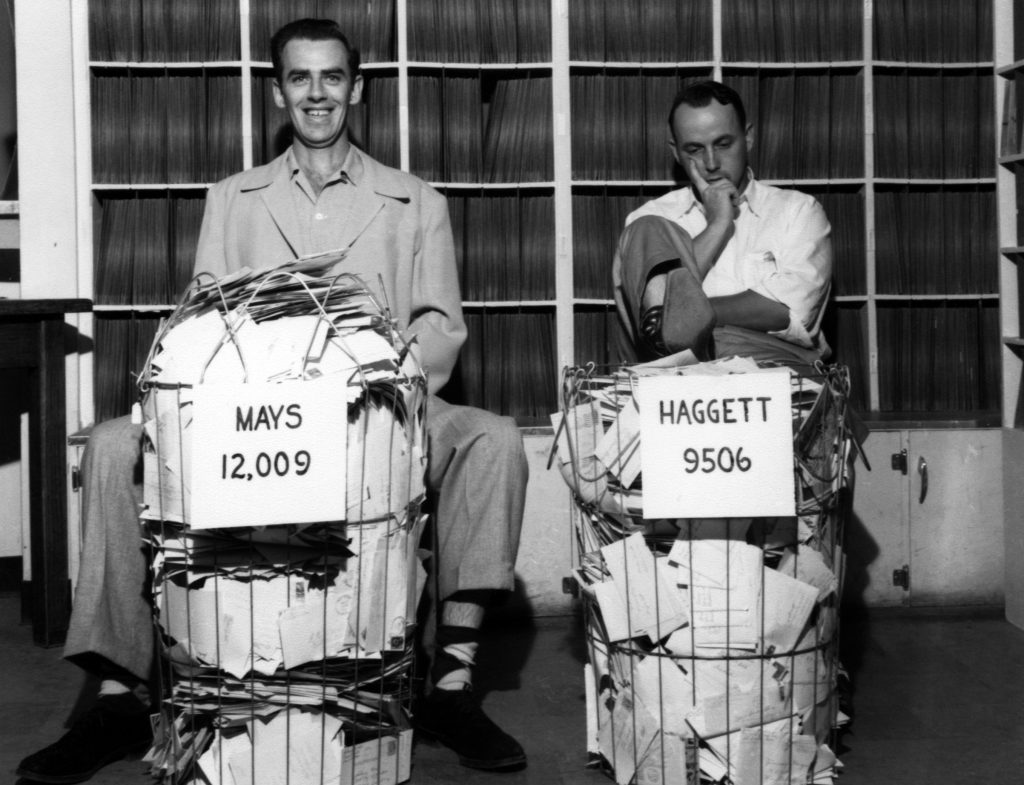
This must have been an incredibly exciting time to be in radio, even at a small market station like KBOA. Nashville station WSM (home of the Grand Ole Opry) was featured prominently in the Burns documentary Haggett worked there at some point after leaving KBOA.
Before magnetic recording tape
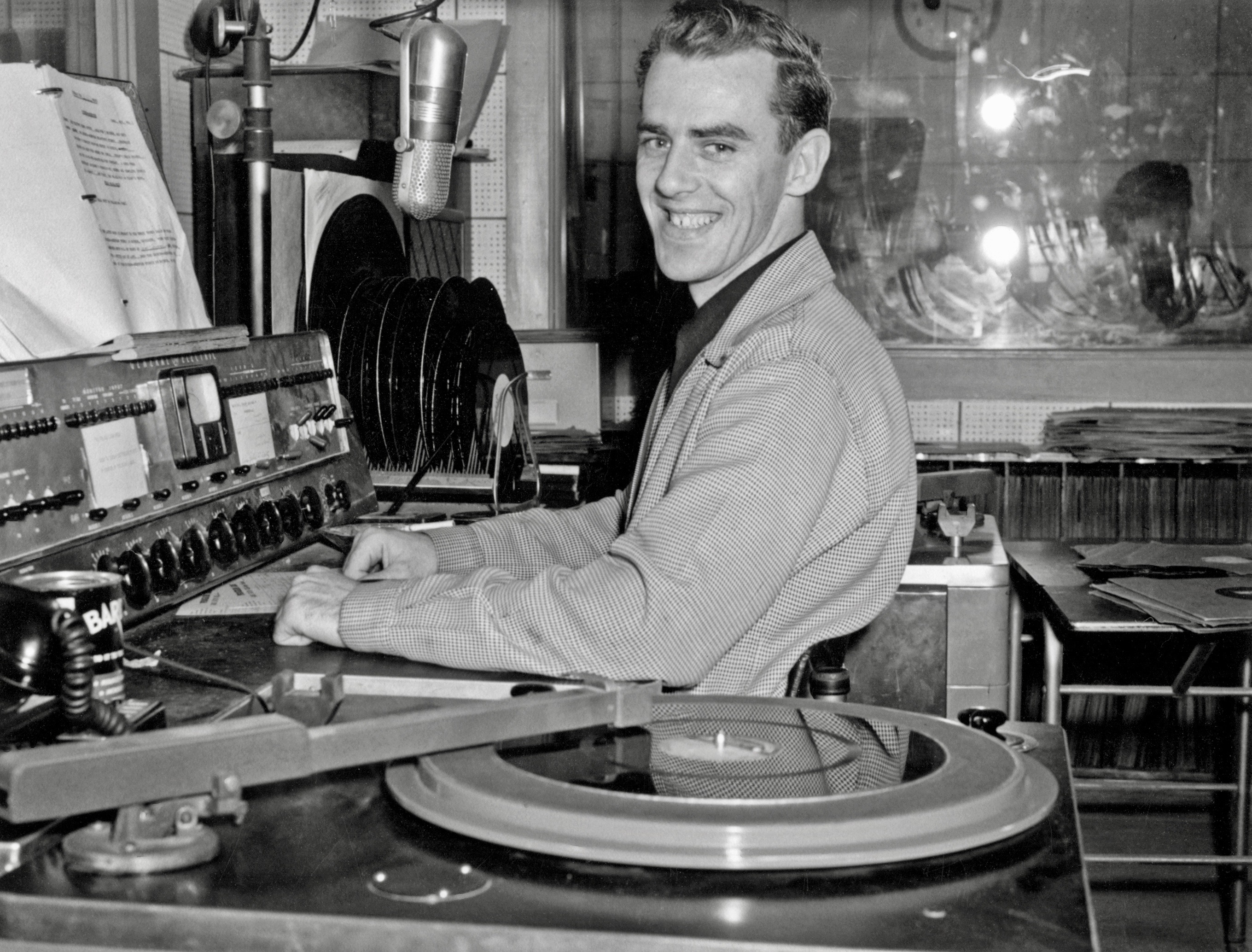
I’m not sure I’ve shared this photo of my old man. I’m blessed with a lot of great pics. It’s clear from this one how much he enjoys what he’s doing. Note the disc on the turntable in the foreground: just one track cut into the center of the disc. Probably a commercial. You can see more of these to the right of the control board. This is before magnetic tape and they “cut” these discs in the adjacent studio. If you fucked up while cutting, you put a piece of cellophane tape over that track and cut another one. I can’t even imagine trying find and cue these while doing a live shift. But the alternative was reading everything live. That would get old fast, for the announcer and the listener. Must have been an exciting time.
John Mays
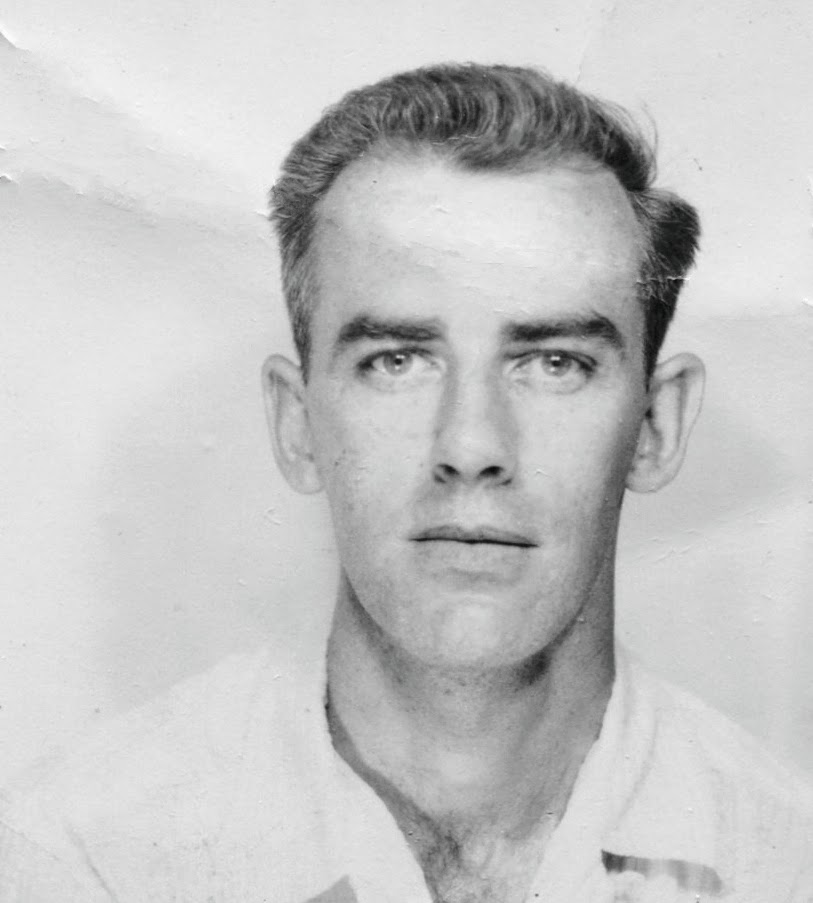
I’m fortunate to have a lot of photos of my father. At all stages of his life. This might be my favorite. When dad smiled in a photo it often came off as a grimace. When he did not smile, he could look pissed off or bored. This one works.
Joseph Mays (circa 1955)
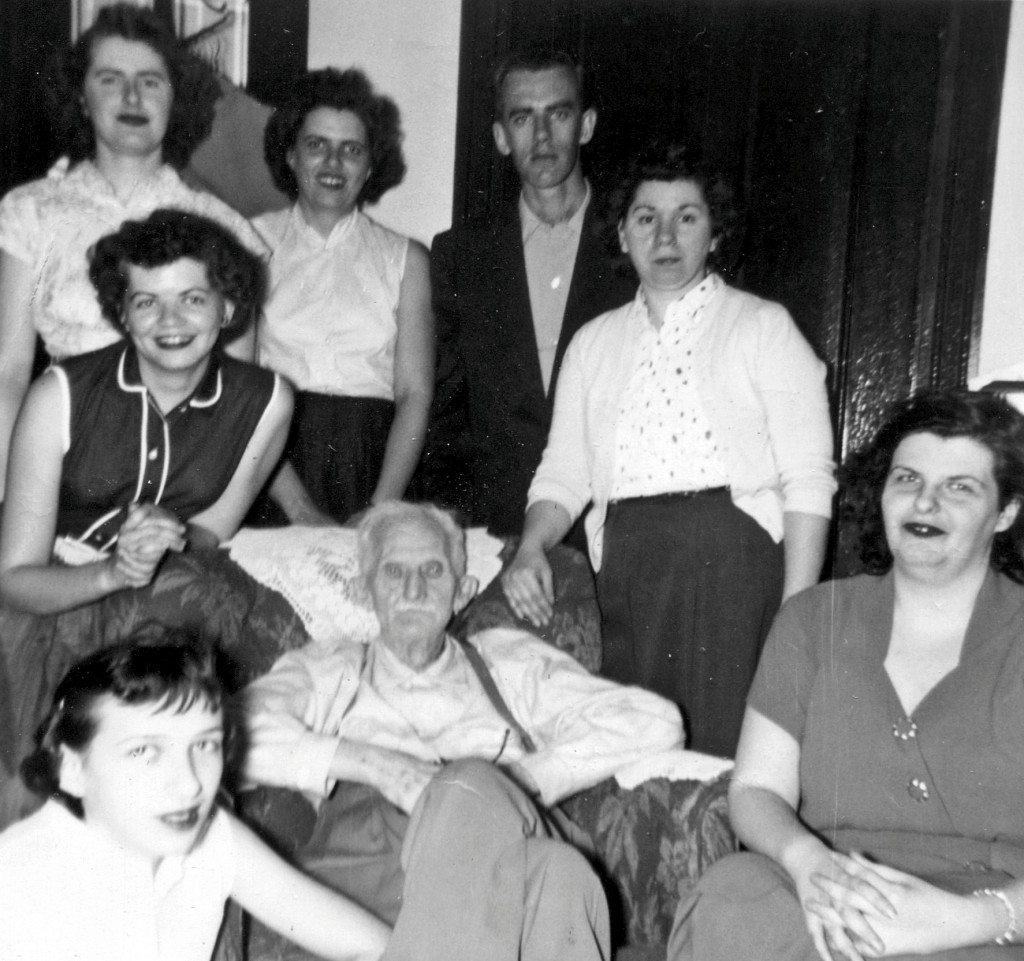
Joseph Merrel Mase; Born 1863, Ithaca, NY; Died: 9/12/1959 (96 years). Only Joseph and one of his brothers chose the Mays spelling. And of Joseph and Nancy’s children, only Vernon and one of his brothers chose to revert to Mase. John Mays (standing) with sister Reva (top, left) and cousins.
John and Evelyn
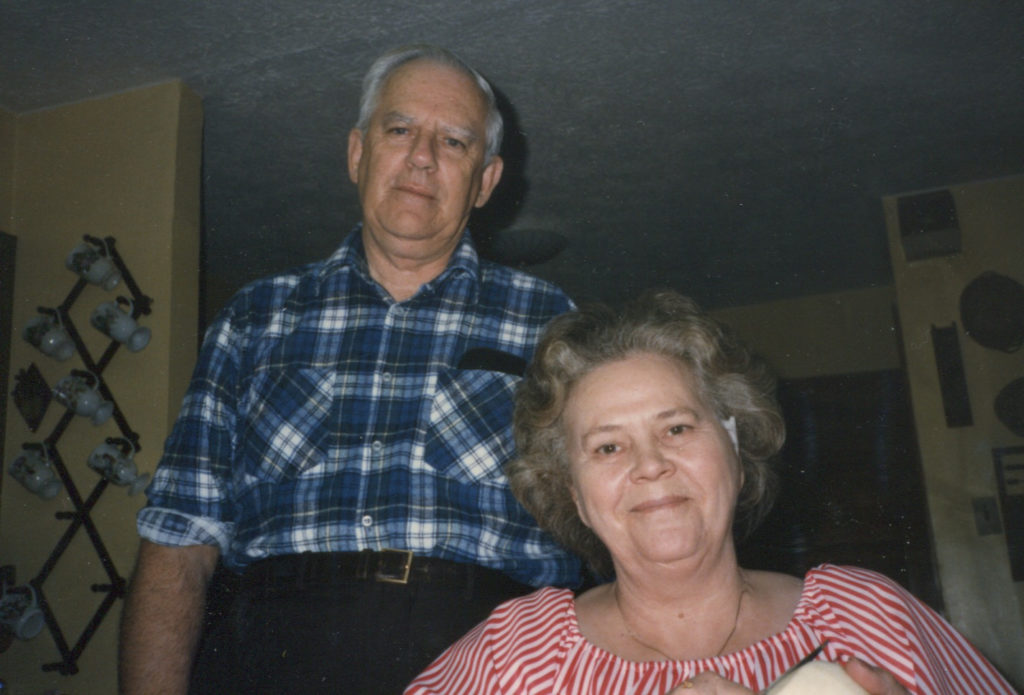
There are no shortage of good photos of John and Evelyn from their wild and fast younger days. But the years took a toll and there just didn’t seem to be many good pictures of them from their later years. I really like this one.
John Mays
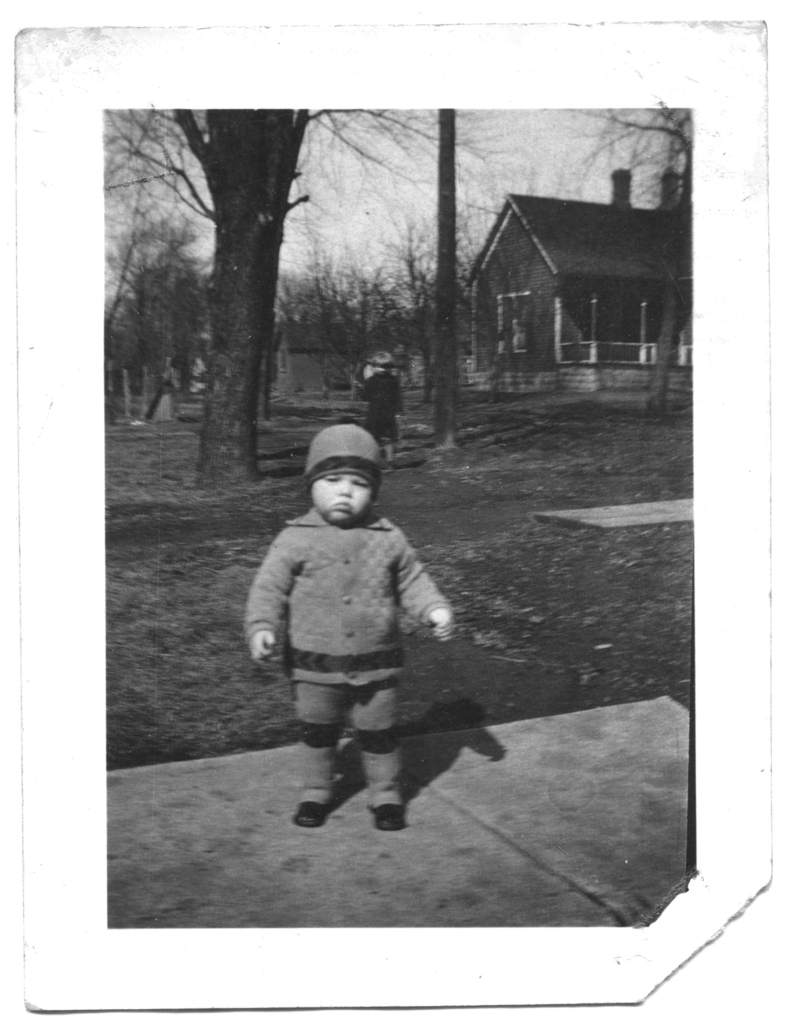
This photo was in an album my mother put together so I can assume this is a member of the family. Based on stamp on reverse, the photo was processed (and shot?) in Brookfield, Missouri, where my father grew up. He was born January 21, 1926 (in Elmira, New York) so he appears to be two or three years old in this photo. Let’s go with three.
The Great Depression started in 1929 (and lasted until 1939) and I recall my mother mentioning that my father’s family had a very tough time during those years. Like lots of folks. I don’t recall my father ever talking about growing up during the Depression. Nor my mom, except to say her family had it a bit easier because they lived on a farm and could grow most of their own food.
Their generation lived through The Great Depression and World War II. Chapters in a history book for me but day-to-day life for them. Seeing photos from that time makes it a bit more real.
John and Evelyn (March, 1946)
I’ve read that memories are not retrieved or recalled but recreated. Sort of recompiled, changing slightly each time. Is a photo a memory? Only if I took the photo, was there to experience the moment captured. Is a photo history? Arguably more accurate than the one my brain creates.
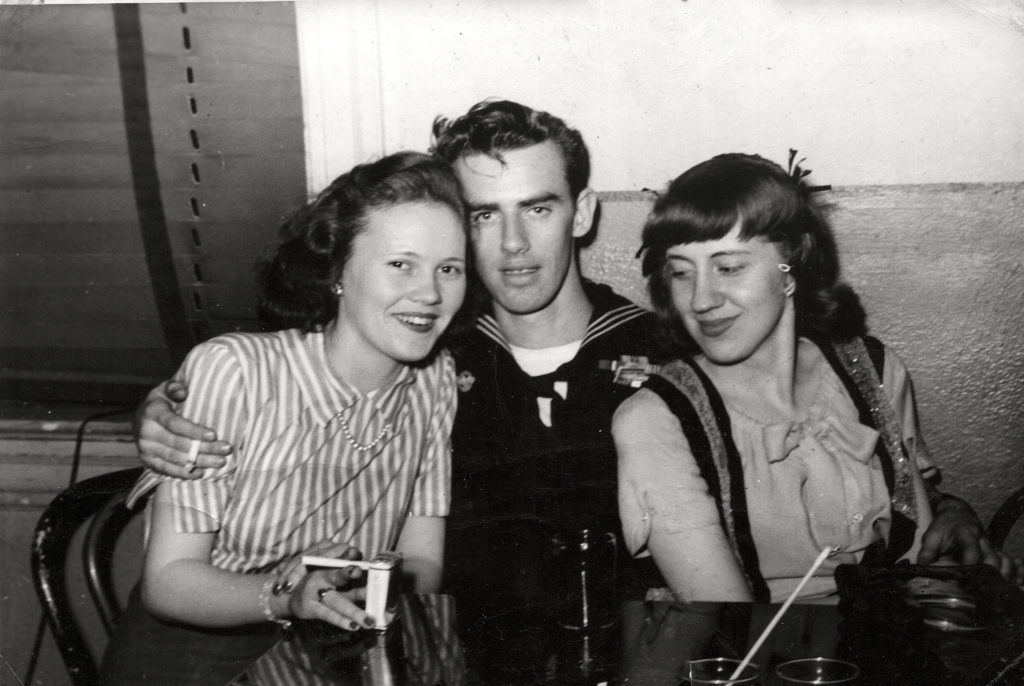
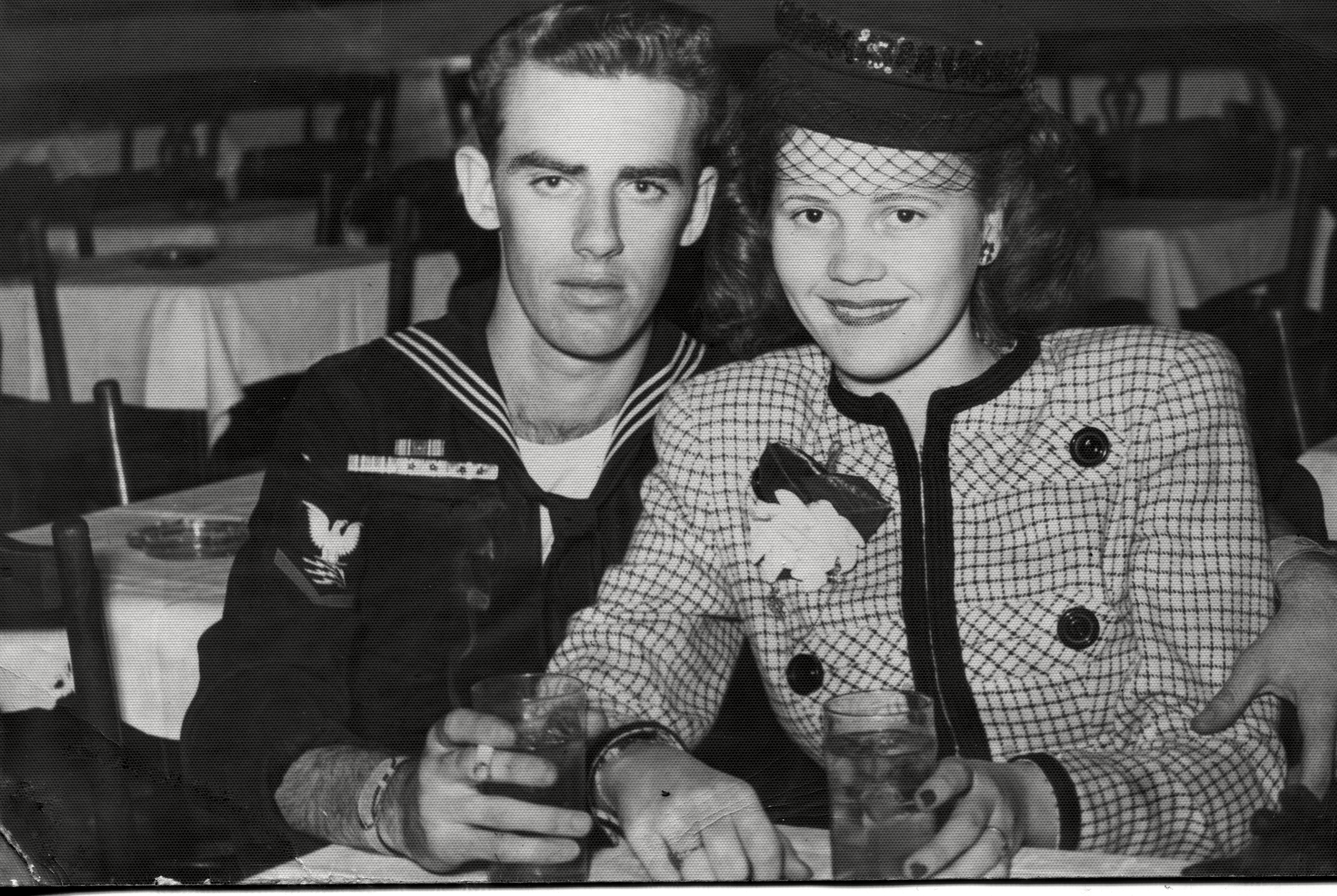
I’m not headed anywhere with this, just rambling. These two photos are of my mother and father (and an unidentified friend). Probably taken sometime in 1946. My father was discharged from the Navy on March 9, 1946. He married my mother on March 23, 1946. So, as mom often claimed, they knew each other for two weeks before taking the plunge. This suggests the photos below were taken in March of 1946.
I can never know the people in these photos. What that time was like for them. This is as close as I will ever come. One instant in time (two in this case). Where were they? How long had they known each other. When/where/how did they meet? Who took the photos and why? Then again, maybe it’s better not to know. We can create our own histories, which we do in any event.
For me There is powerful magic in old photos. Even if I don’t know the people.
Early Elvis contract
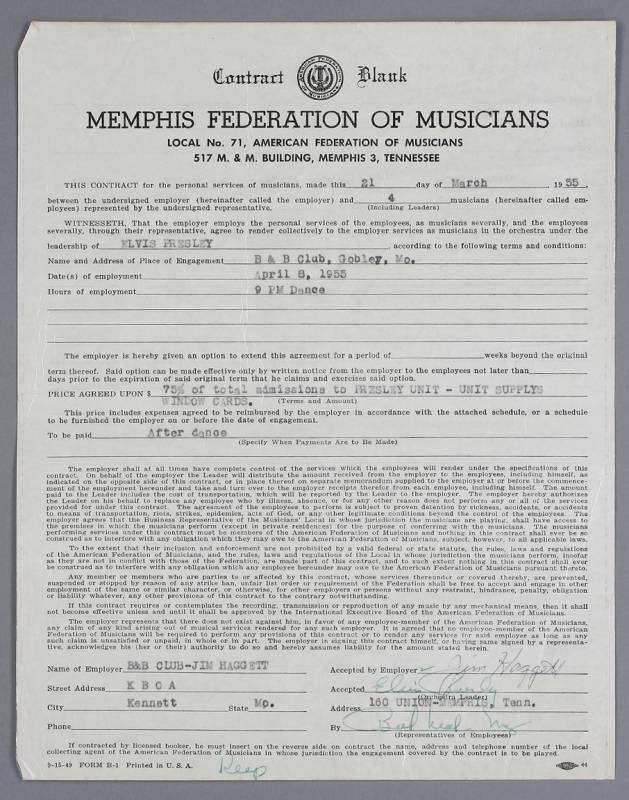
In 1955 Elvis Presley appeared at a little honky tonk called the B & B Club, in Gobler, MO. Not far from my hometown of Kennett, MO. More information here, including an audio clip with my father who was working at the local radio station. The contract above is between Elvis and Jimmy Haggett, who also worked at KBOA and booked entertainers on the side. If you look closely you’ll see Elvis was to receive 75% of the gate to be paid “after dance.”

